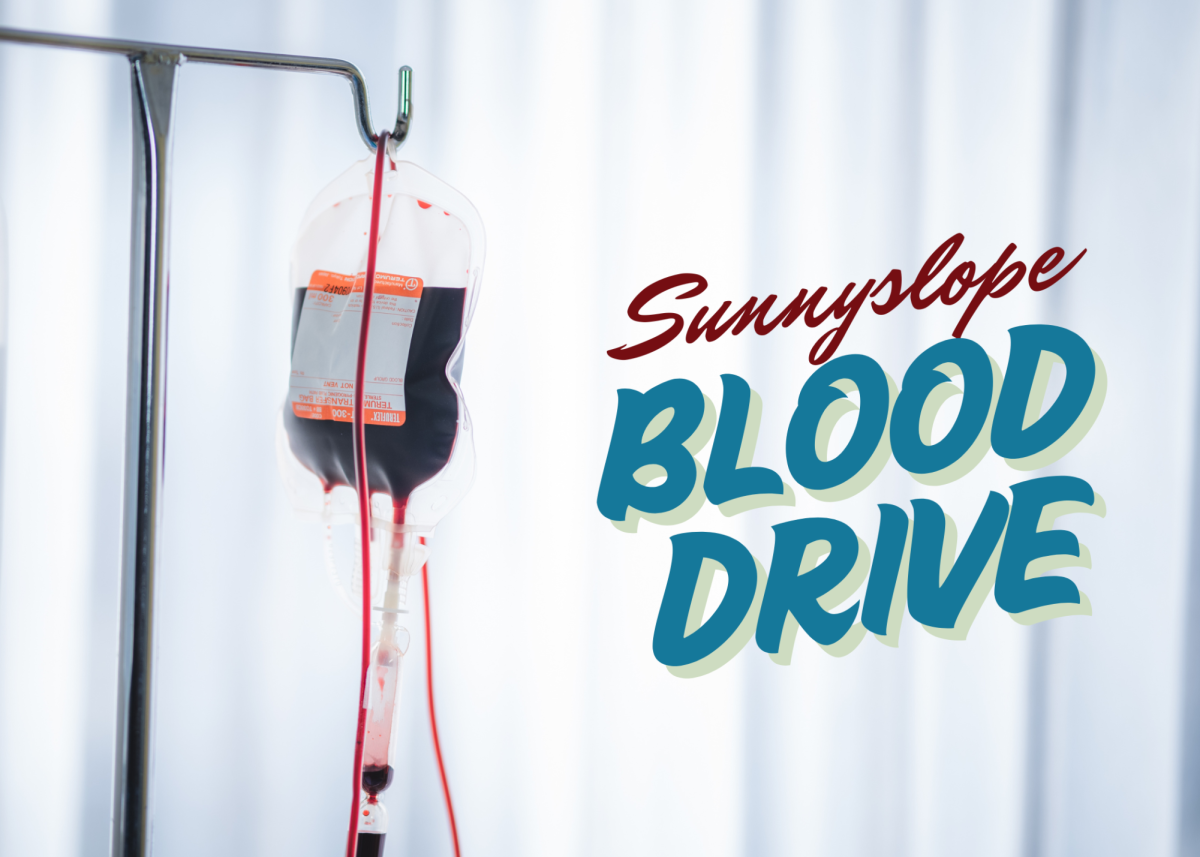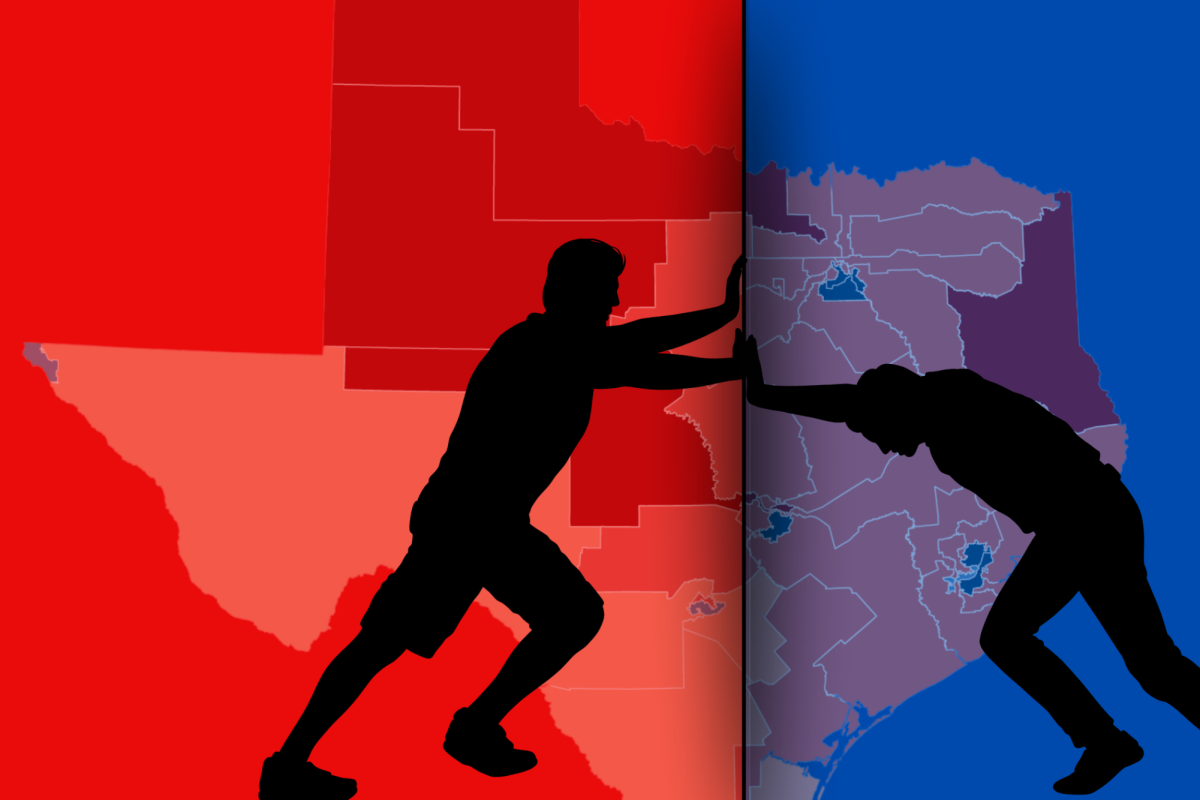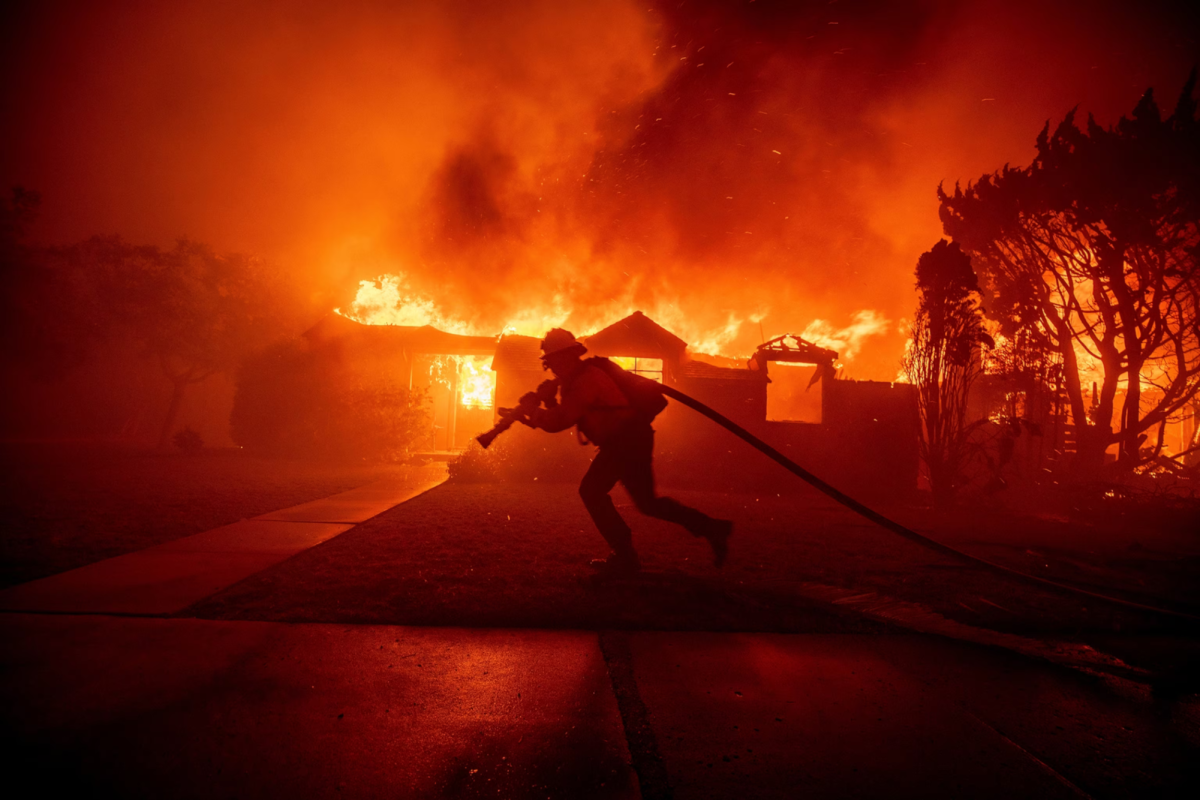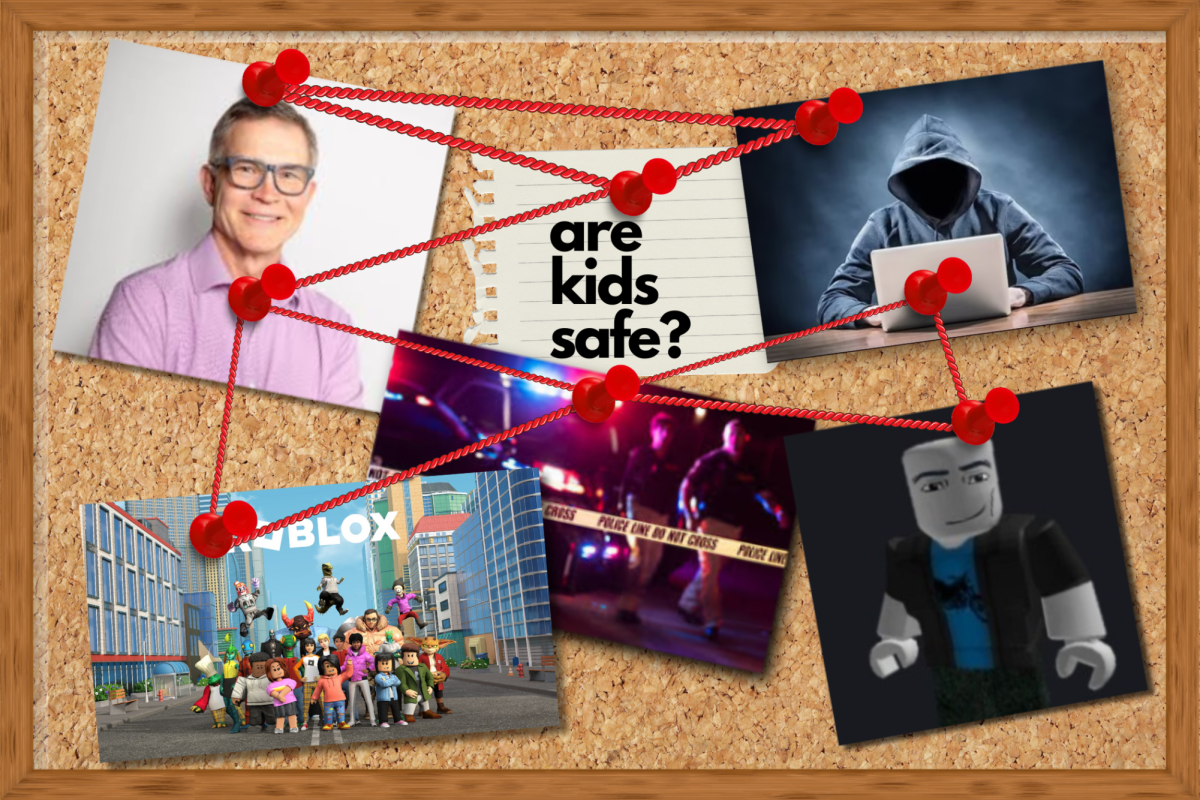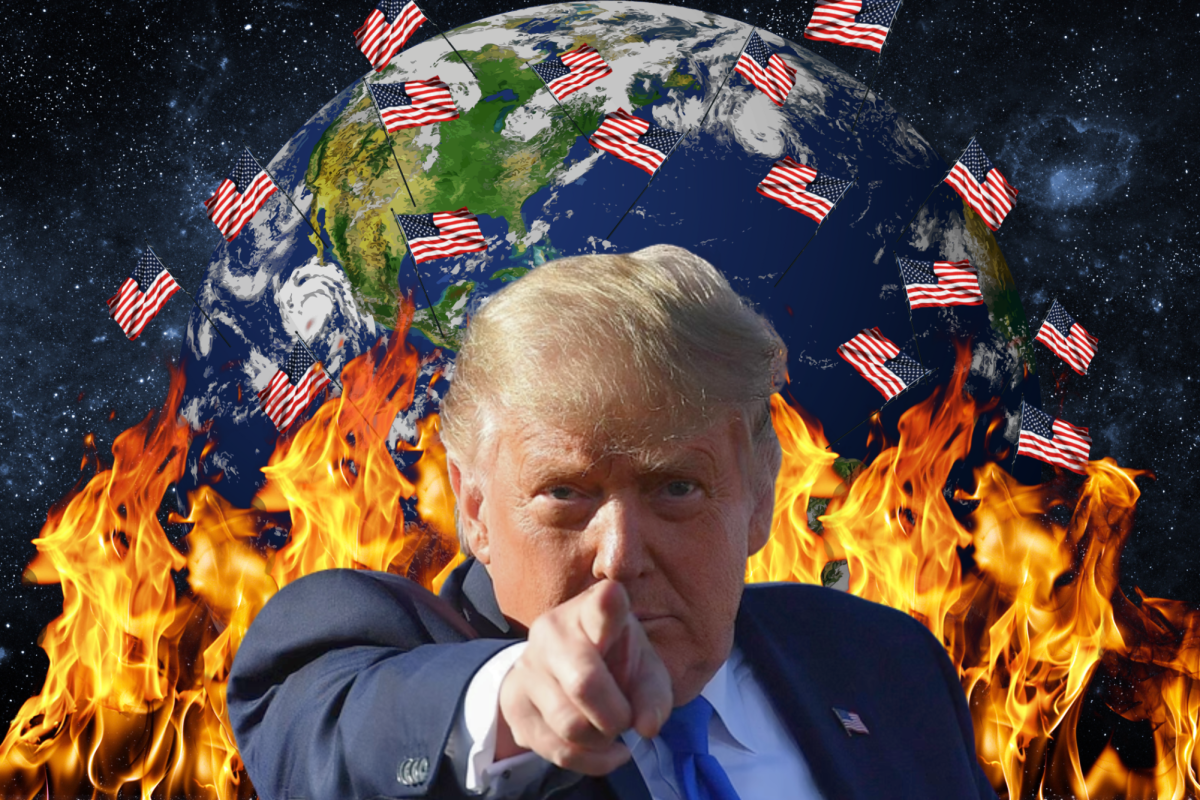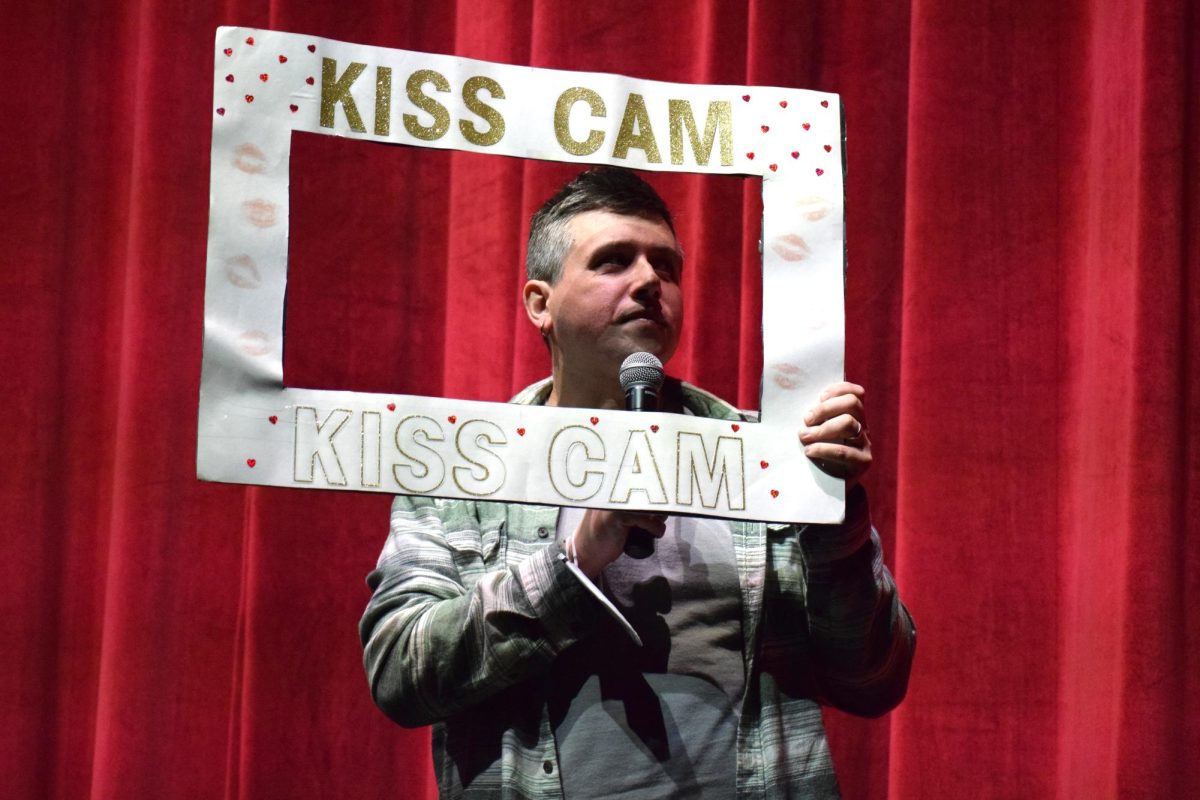AI has now officially been used in a so-called “terrorist attack”.
On January 1st in Las Vegas, active duty U.S Green Beret Mathew Livelsberger, used Chat GPT to formulate a type of explosive and a plan to set it off in front of the Trump International Hotel.
Livelsberger used the Tesla Cybertruck as a container for fireworks and other types of oil canisters.
Livelsberger had allegedly also filled the truck with racing grade fuel hours before the incident.
Livelsberger left the Cybertruck in front of the hotel, and moments before the explosion, he committed suicide.
Seven people sustained minor injuries, and there was no damage to the hotel.
This situation has raised multiple significant concerns for America’s future.
What is most concerning about this whole incident is how Livelsberger was able to use a public AI program.
“We knew that AI was going to change the game at some point or another in all of our lives,” said Las Vegas Sheriff Kevin McMahill.
“Certainly, I think this is the first incident on U.S. soil where ChatGPT is utilized to help an individual build a particular device to learn information all across the country as they’re moving forward.”
McMahill then continued to explain how this is a very dangerous matter.
No information on what questions or answers Livelsberger communicated with the AI system have been released to the public.
So what will happen when dangerous and ignorant people get their hands on these technologies?
Generative AI and Deepfakes are used to create fake images that look very realistic.
People can use this to start an uproar in any part of the world and their audience wouldn’t know the difference.
Lisa Palmer, Chief AI strategist for the consulting firm of AI leaders, predicts that high-profile individuals will be targets for AI-assisted hacking efforts aimed at stealing sensitive information and photos.
From this point on, AI programs must be more closely monitored in order to avoid situations like this happening again.
Monetizing what AI can respond with may, in some cases, be considered wrongly sensitizing information, so it is a hard line to find.
Yet, for the good of society, some information should not be let into the hands of the general public.
Secondly, some people may think the Cybertruck incident was a terrorist attack, but many, including myself, believe it was more of a message trying to be sent about the state of our country, considering the fact that it was in front of President Donald Trump’s hotel.
Police found notes in Livelsberger’s phone exclaiming how this stunt was a “wake up call” to our country.
Additionally, Livelsberger claimed the U.S. is “terminally ill and headed toward collapse.”
This message declares how our country is falling apart and how President Trump, being backed by ultra billionaires such as Elon Musk, who created the Cybertruck, can do almost anything he wants in this country.
Livelsberger suffered from PTSD due to his military experience, so his methods of sending his message to the public come directly from his personal experience.
Other scenarios like this have occurred in our country too.
Luigi Mangione shot UnitedHealthcare CEO Brian Thompson in an effort to start conversations about the problems in the healthcare industry.
Another U.S army veteran, Shamsud-Din Jabbar, killed 14 people in New Orleans on new years night to send a message about ISIS among other military things.
Despite the immense horror in the ways these men sent their message, a deeper look on what drives a man to do this must be looked at.
Such intensity reveals a lot about our country and our people.






